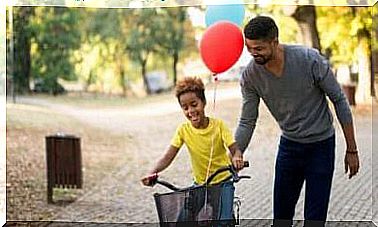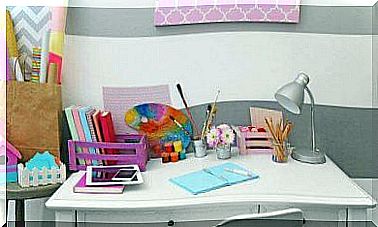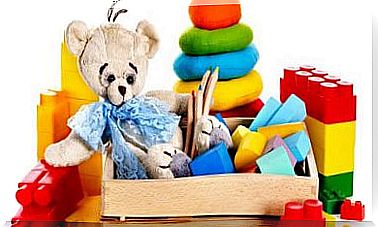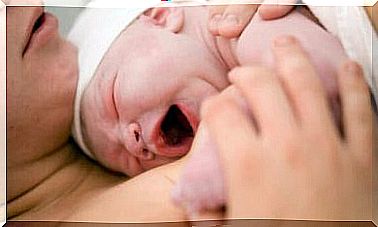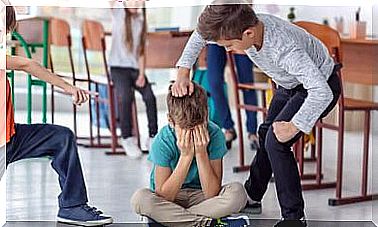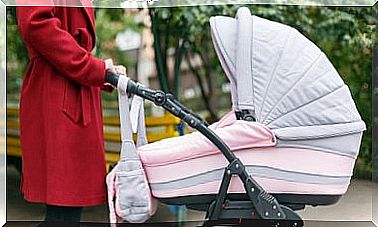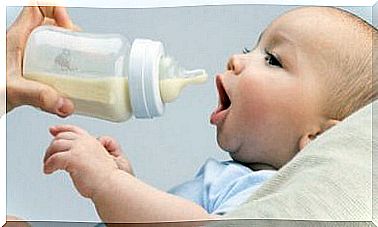Stimulating Your Baby’s Motor Skills With A Few Exercises
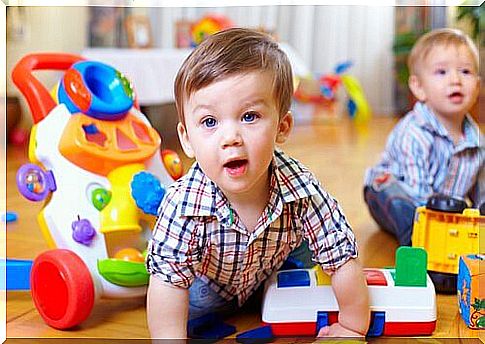
Stimulation of motor skills at an early age supports a child’s psychomotor development. Psychomotor development begins when a child opens his eyes to the world. Each child develops at their own pace and raises their head, turns in bed, crawls, walks, and raises and turns objects when ready.
Stimulating your baby’s motor skills with a few exercises
Although each child goes through different stages in their own time, there are exercises that allow the child to learn the movements and strengthen their control. Below are a few exercises to help you successfully stimulate your baby’s motor skills.
Stimuli for controlling head movements
To encourage the child to raise his head and turn it to different sides, gently place his head on the ground on a hard surface. Then try to move his head gently with both hands to the right, forward and left. Then repeat this exercise in the opposite direction.
Another stimulus that can be tried is to place different brightly colored toys on either side of the child as he lies with his stomach face down. In this case, your child will try to raise his head to watch these toys whose bright colors interest him.
In addition to controlling the head, both of these stimuli strengthen the child’s back and he or she also begins to recognize his or her upper limbs.
Turning stimulus
Another step that babies need to cross is turning. To achieve this, they must turn their heads, raise their hands, put one foot crossed, and turn their bodies. When in a crib, it doesn’t matter if the baby is lying on his back or face down.
This is the first exercise in a baby’s life that requires coordinated movements, and is therefore somewhat difficult. But as they practice, they eventually learn to master it completely.
You can place your baby near brightly colored objects, as in the previous exercise. The baby will thus try to turn in order to grab the toys around them.
Sitting stimulus
Place the baby on his back on a solid surface, grab his hands, and slowly lift his body until he reaches the sitting position.
At this point, the baby needs to learn to balance himself. So plant him on the ground and hold him by the hips. This strengthens the muscles in his body, neck and back.
Creep stimulus
All the children crawled differently. There are some children who never learn it in the traditional way, that is, using all four of their limbs. But no matter what your child uses, crawling is great progress. Encourage him to crawl by first placing him on his four limbs on a mattress, and later on the floor.
Put the child to sit on a hard surface such as the floor. Then put a few toys almost within his reach. In this way, the child understands that in order to grasp them, he must lean forward and see a little effort.
By crawling, the child begins to gain control of his body and he also gradually learns to move around the house in order to explore his habitat.
Walking stimulus
When your child is already mastering the crawl, you will find that that skill gradually begins to lose its significance and he begins to try to stand up in different ways to reach the decorations and furnishings of the home.
Our advice for this, as in previous exercises, is to capitalize on the child’s curiosity and place brightly colored objects above the child’s head. Encourage the child with words so that he can cross these objects and take them out of your hands until he gets to his feet.
Then, when your child gets to his feet and stays balanced, he is ready to take his first steps.
To achieve this, we recommend that you hold the child by the hand, you are behind the child himself, and push his heels with your own feet, imitating the walking movements that the child should follow.
If you want, you can repeat the words “one, two – one, two – one, two” as you put your foot in front of each other. We guarantee that this is an effective technique that your child will surprisingly want to do often, and thus he will learn to walk in a very short time.
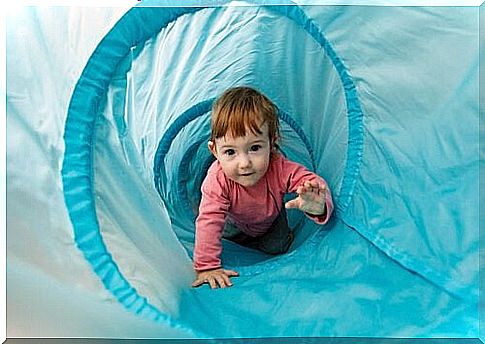
During the first few years of his life, a human being learns skills that shape him and help him adapt to the world around him. These skills also serve as stepping stones for new, more complex skills.

